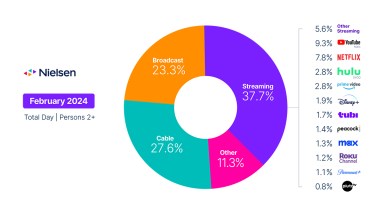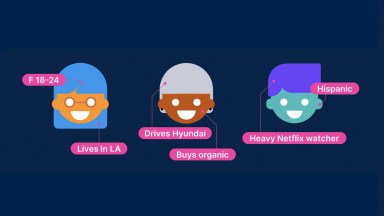On a typical day, the average consumer may be exposed to thousands of commercial messages, yet many of them won’t succeed in breaking through the clutter, nor have any discernible impact on that individual’s attitudes or behavior.
What separates effective advertising from that which fails to deliver a return on investment? Early thinking was that advertising worked by communicating facts about the benefits of a product or service, and that consumers proceeded to use those facts, rationally, to evaluate the touted benefits against their own needs and desires. There’s now strong evidence to suggest that this is not the case. What is becoming clear from recent research is that effective advertising succeeds in eliciting an emotional response from consumers.
Measuring emotion in advertising is challenging, but it’s become imperative for brand managers to find tools that dig beneath consumers’ conscious responses to advertising and instead measure their emotional responses. Thankfully, advances in neuroscience are making this a reality. This paper provides a comprehensive review of the tools of consumer neuroscience today, the theory they’re drawing from, the consumer behaviors they help unveil, and recent breakthroughs we’ve been able to achieve by combining multiple tools on the same case studies.



